Harpy. They exist
 Bashny.Net
Bashny.Net
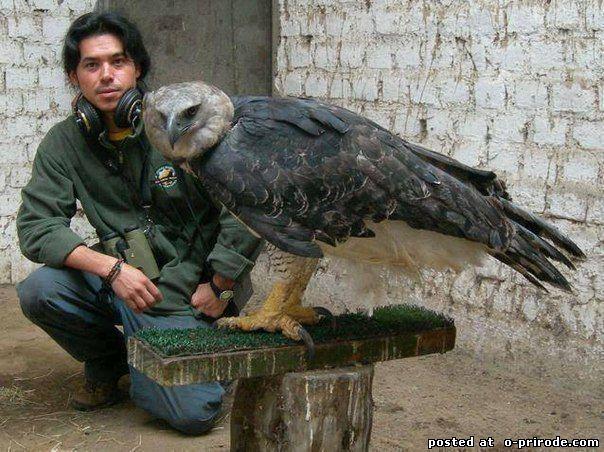
The body length of the bird from 90 to 110 cm. The female weighs 7 5 - 9 kg finer 4 male, 4 - 8 kg. Harpy has a dark gray back. Light gray head with large dark eyes and a relatively medium-sized but powerful black beak is embellished with wide dark feathers. At the moment of excitation harpy raises them almost vertically on the head like the "horns." Young birds crest lighter. The belly is white, feathered legs on the small dark stripes. On the neck of a dark collar. Along the length of the tail are broad transverse bands of gray. Paws extremely large and powerful, able to withstand very heavy, very long fingers are armed with black claws.
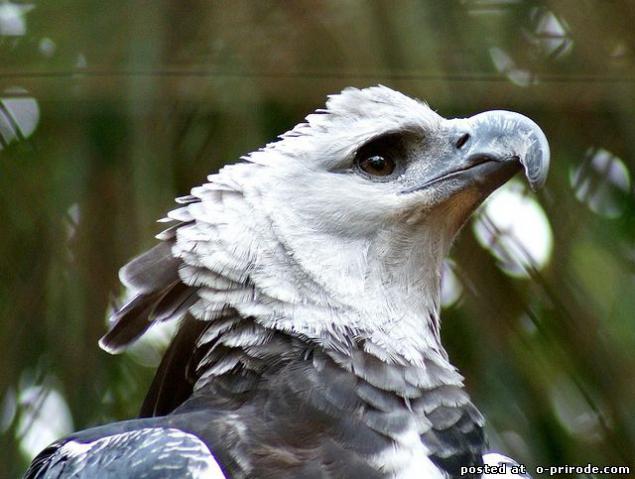
This large eagle lives on the plains in the tropical forests of Central and South America, from Mexico to Brazil.

Harpy - resident tropical forests of America, from southern Mexico to southern Brazil, in the mountains found to 1600 m. Hunting in the trees on large birds, wood mammals - monkeys, opossums, sloths and others, unexpectedly bumping them from ambush and tearing off branches powerful clawed paw. Occasionally attacks on terrestrial prey, down to small deer Mazama (Mazama). Well-developed facial disk suggests the important role of the hearing when hunting down prey in the shadows under the forest canopy.
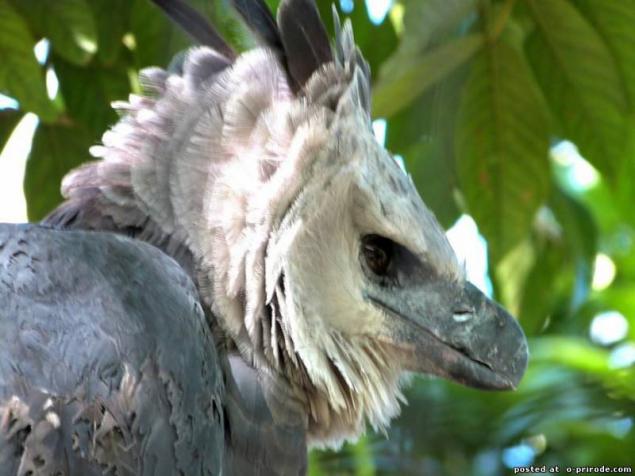


Almost the same area, the same methods of hunting and has a similar look small or Crested eagle (Morphus guianensis), apparently, these types of expenses, mainly by size class production. The name of these birds with unusual appearance was in honor of the characters of ancient myths - disgusting birds with the heads of old women, suddenly swooped down on the orders of the gods, devouring all the food and leave behind an unbearable stench. The Indians called their winged wolves.
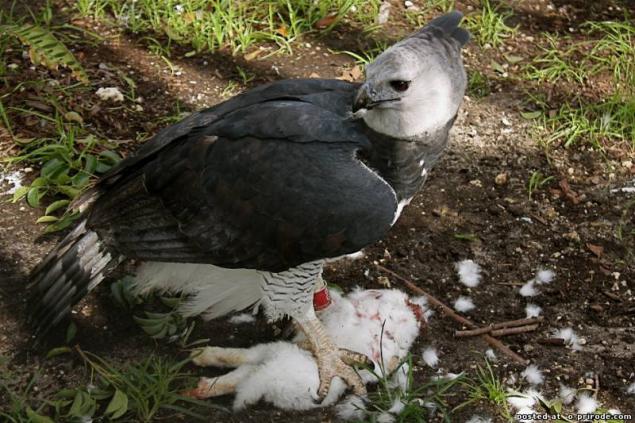
Harpies are settled, jacks and 1, 7 meters in diameter, they are building on the trees are usually towering over the forest (emerzhentah), at a height of 30-60 m.
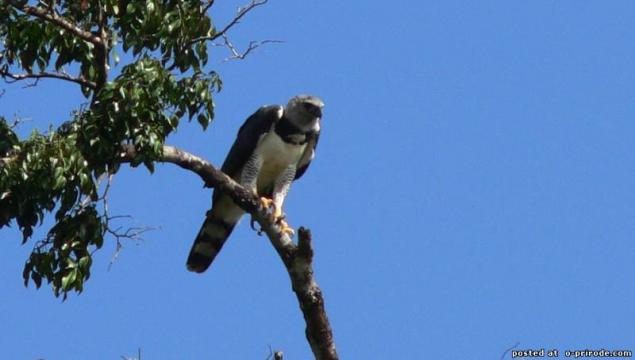
The number of this type entered in the Red Book, shrinking due to deforestation, poaching and low reproductive - each pair of birds breed in a year. Raptors practically bred in captivity. Only in 1981 in the Berlin Zoo for the first time succeeded in growing chicks ordinary harpy.
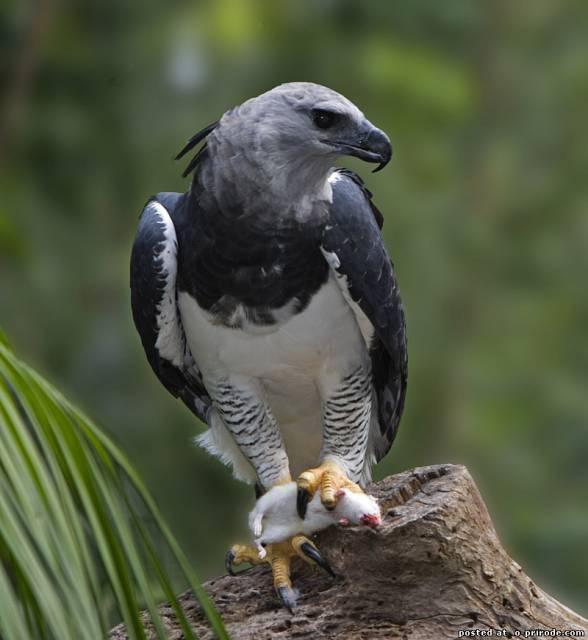
In the Philippines, home to the representatives of the other species of harpies. She was named by British ornithologists Harpy obezyanoedom. However, as it turned out later scholars, this predator feeds on another Colugo, bats, palm squirrels and birds. Creepy name "obezyanoed" not contribute to the popularity of this bird among the local population, with respect to the related primates has led to the fact that the already thin appearance became universally exterminated people.
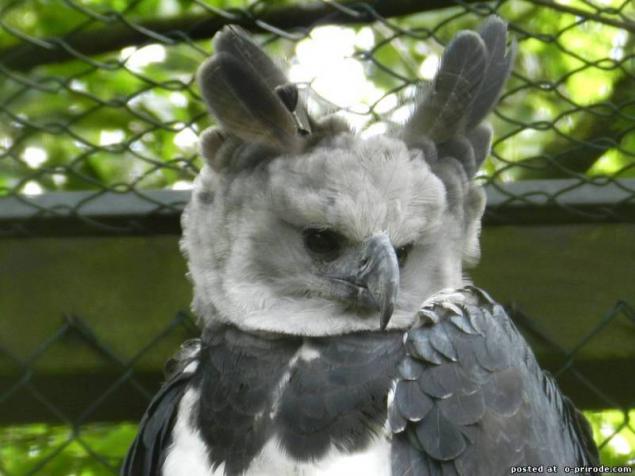
The main food harpies are sloths and monkeys, as well as all large and medium-sized animals in South America: agouti, Coati, opossums, capybaras and others. In addition to the Harpy attack parrots macaws, and are the only predators, preying on wood (or Cebidae) porcupines . Village harpy often hauling pigs and dogs.

Harpy nests in tall trees at a height of 50-75 m above the ground, often near water. Wide nest building of thick twigs and lined with leaves and moss. The same socket can be used for a couple of years. Harpy nests a year. The female lays usually one yellowish egg. The chicks are developing very slowly and for a long time in the care of parents. Near the nest adult birds are aggressive, attacking strangers safely banishing even human. At the age of 8-10 months harpy chicks have good fly, but to feed yourself still can not continue nesting sites parents do not fly away. May starve to 10-14 days without harm to sebya.Okonchatelny outfit acquire after 4 years, with the onset of puberty.

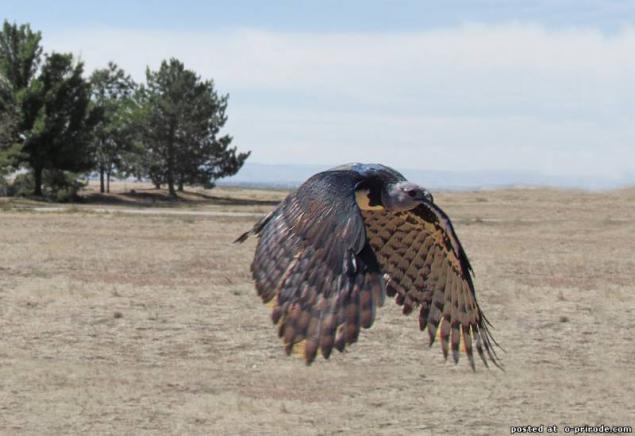

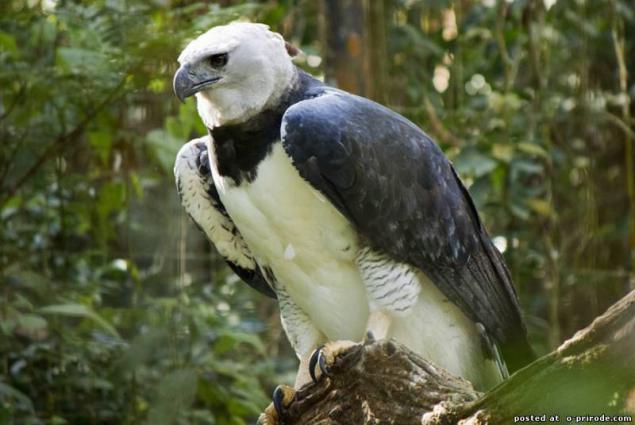

Tags
See also
Rare creatures, about which little is known
Almost aliens
They could exist
There are unique transparent animals
Very beautiful Soviet actresses
Frilled shark - a living fossil (16 photos + video)
27 facts about whales
Home centipede
Wildlife Australia
The biggest eye on Earth

















